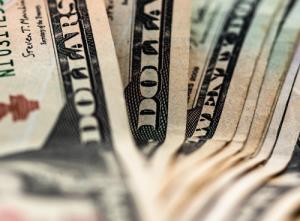PUF's Electric Bill Affordability Index

Based on the U.S. Commerce Department’s Gross Domestic Product data released this morning, Public Utilities Fortnightly’s Electric Bill Affordability Index for the year, 2023, was 1.29 percent.
This is a record low. Effectively. In the sixty-five years that this data has been reported, since 1959, the sole year that electricity has been a lower percentage of consumer expenditures was the weird pandemic year of 2021.
For every dollar that American consumers spent on all goods and services in 2023, in total, less than one and three-tenths of a penny was spent on residential electric bills. That’s what the 1.29 percent translates into, in dollars and cents.
The lower the Affordability Index, the more that consumers have available to spend on all goods and services aside from their electric bills. In other words, the Electric Bill Affordability Index tracks how much consumers can afford other stuff.
Last year’s 1.29 percent was significantly lower than the prior year, 2022, when the Electric Bill Affordability Index was 1.34 percent. And it was lower than the previous record low, 2019, when the Affordability Index was 1.30 percent.
Last year’s 1.29 percent was way lower than just a few years ago. For instance, the Electric Bill Affordability Index was as high as 1.44 percent in 2015, 1.48 percent in 2014, 1.56 percent in 2011, and 1.63 percent in 2010.
In the nineteen nineties, the Electric Bill Affordability Index peaked at 1.94 percent. In the nineteen eighties, the Affordability Index peaked at 2.27 percent. Electricity was a far higher percentage of consumer expenditures in the eighties and nineties.

